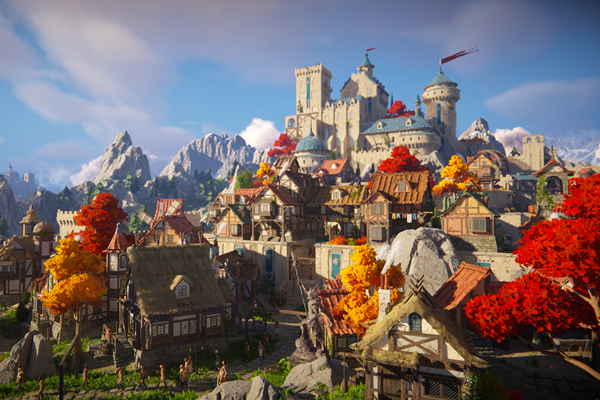Unity Releases Generative AI Toolkit Muse for Video Game Developers
Game development platform Unity is rolling out a set of generative AI tools. The new Unity Muse suite aims to streamline content creation with an initial, limited feature list and plans for more in the pipeline.
Unity Muse
Unity Muse is in early beta now and offers three tools. Muse Chat is a conversational AI for answering developer questions and sourcing code,, while Muse Sprite will produce 2D sprites and variations on them, and Muse Texture can create game-ready 2D and 3D textures. The features leverage custom AI models trained on licensed data to ensure original outputs. The company said Muse will enhance workflows through AI assistance for tasks like animation, character interaction design, and prototyping. It costs $30 per month standalone or comes bundled with future priority access for subscribers. Unity Cloud is also now generally available, providing organization for assets and content across projects to streamline collaboration and development lifecycle management.
“We are here to help developers build amazing games and find success,” said Unity Creat president Marc Whitten. “Central to our work is their feedback. They tell us where we are helping them and they tell us when there is more work to do. In Unity 6, this means focusing on performance and workflow improvements. In AI, it means working to make sure they have tools to build more, faster. We want to be a true partner, addressing our creators’ needs at any point of their game development lifecycle.”
Muse comes not long after Unity opened a virtual marketplace to host generative AI tools and systems for video game creators. The software developer augmented its existing Unity Asset store with a portfolio of generative AI apps useful for enhancing the AI of non-player characters in games from approved third-party developers like Replica, Leonardo AI, and Inworld.
Unity also previewed its next major release, Unity 6, which will arrive in 2024 and focus on boosting performance, visual quality, and multiplayer capabilities while expanding AI support. Additionally, Unity opened access to its PolySpatial tool for building spatial apps leveraging Apple’s Vision Pro depth-sensing technology on the iPhone Pro. The company said it aims to provide creators with resources to realize their visions and run successful games. The slate of updates illustrates Unity’s drive to continuously improve its platform’s capabilities, especially as rival Unreal Engine steps up the competition. Leveraging leading-edge AI aims to boost productivity and accessibility for game makers.
Unity’s flurry of generative AI releases fits with the trend among video game developers pursuing generative AI ideas. However, Unity’s comprehensive approach to how it can be used and partnerships with other companies stands out. The closest might be Nvidia and its Avatar Cloud Engine (ACE) for Games toolkit for producing more realistic and dynamic virtual people who can interact with players. Meanwhile, Roblox started incorporating generative AI tools to write the code for objects and their behavior in a virtual environment in March, while digital human creator Didimo introduced Popul8, which uses generative AI t tweak uploaded character templates into hundreds of variations that still fit the style of the game. Scenario also uses generative AI for video game art, and game publisher Latitude relies on advanced language models to run its AI Dungeon.
Follow @voicebotaiFollow @erichschwartz
Unity Unveils Generative AI Marketplace for Video Game Developers
Inworld AI Will Bring Generative AI to Microsoft Xbox Game Development









